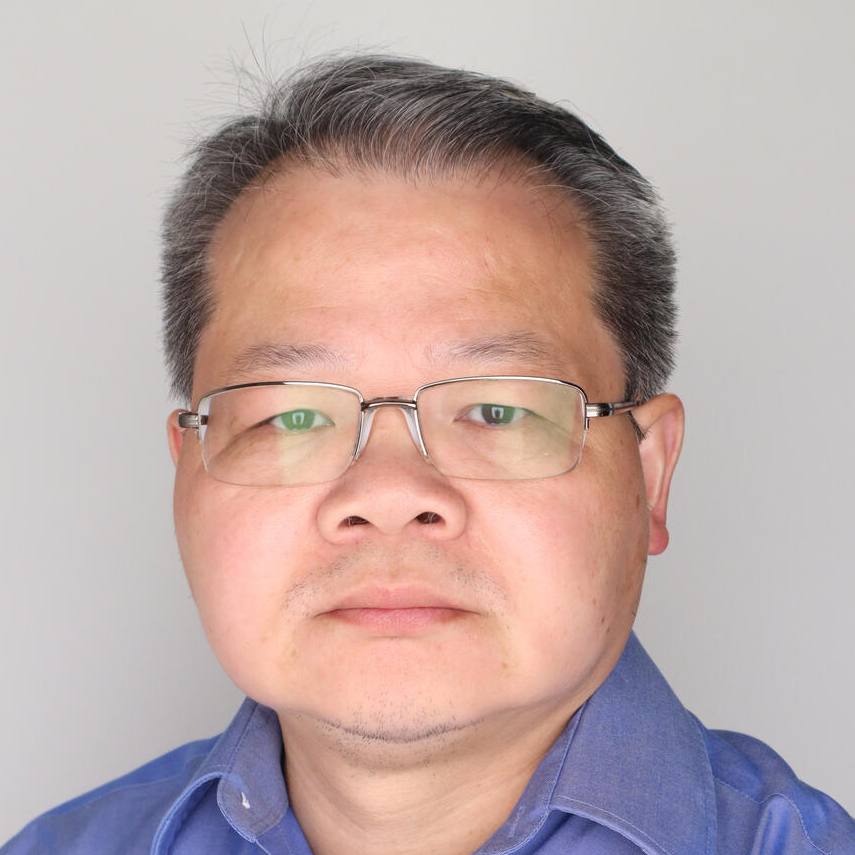Mayo Clinic researchers have developed a pioneering method to mend damaged hearts without open-heart surgery, an advance that could one day transform the treatment of heart failure.
The new approach uses lab-grown heart tissue made from reprogrammed adult stem cells, delivered through a tiny incision rather than a surgically opened chest cavity. In preclinical testing, the stem cell patch restored heart function and improved healing.

"For patients with severe heart failure, there are very few options beyond mechanical pumps or transplants. We hope this approach will offer a new way to repair their own hearts," says Wuqiang Zhu, Ph.D., senior author of the study published in Acta Biomaterialia and a cardiovascular researcher at Mayo Clinic in Arizona.
Reversing the irreversible
Heart attacks remain one of the leading causes of death worldwide. When blood flow to the heart is blocked, oxygen-starved cells die and are replaced by scar tissue that cannot contract or conduct electrical signals - weakening the heart's ability to pump blood.
"The adult human heart doesn't regenerate once those cells are lost," Dr. Zhu explains. "That's why heart failure, especially chronic heart failure due to the loss of functional cardiac muscle, is often difficult to treat; the muscle simply can't repair itself."
For years, scientists have been working on ways to replace damaged tissue with healthy heart cells derived from stem cells. Early efforts showed promise, but most required open-heart surgery - a procedure too risky for many patients already struggling with severe heart failure.
Scientists have long hoped that stem cells could provide a way to rebuild what the body cannot. By reprogramming ordinary adult cells such as skin or blood cells into induced pluripotent stem cells (iPSCs), researchers can coax them into becoming replacement heart cells.
But safely and effectively delivering engineered heart tissues made from these cells has remained a major challenge.
Innovation at heart
In collaboration with engineers at the University of Nebraska Medical Center, Mayo researchers developed a flexible, paper-thin patch made of nano- and microfibers coated with gelatin. This hybrid scaffold supports a blend of human heart muscle cells, blood vessel cells and fibroblasts-cells that form the tissue's structural framework-to create a living, beating piece of heart tissue. Before transplantation, the tissue is infused with bioactive factors such as fibroblast growth factor 1 and CHIR99021 that encourage the growth of new blood vessels and help the cells survive once they are in place.
"The beauty of this design," says Dr. Zhu, "is that it can be folded like a piece of paper, loaded into a slender tube, and delivered precisely where it's needed through a small incision in the chest. Once in place, it unfolds and adheres naturally to the heart's surface."
Instead of using stitches, the team used a biocompatible surgical adhesive that holds the patch in place while minimizing additional trauma to the surrounding tissue.
Testing in preclinical models showed that the minimally invasive method improved heart function, reduced scarring, enhanced vascular growth and lessened inflammation compared with conventional approaches.
"Our results show that these engineered tissues not only survive but actually help the heart heal itself," says Dr. Zhu. "That's the ultimate goal: to replace what's lost and restore function."
A step toward regeneration
The research aligns closely with Mayo Clinic's Genesis Initiative, which aims to accelerate discoveries that restore or regenerate human organs and tissues.
"Genesis is about pioneering new ways to repair and rebuild the human body," Dr. Zhu says. "What we're doing here is exactly that - using regenerative science and minimally invasive delivery to give the heart a chance to recover."
Currently, more than 4,000 heart transplants are performed in the United States each year, while thousands more patients die waiting for a donor organ. Dr. Zhu hopes this technology could eventually offer another option.
"Our vision," he says, "is that patients could one day receive engineered heart tissue made from their own reprogrammed cells, delivered through a minimally invasive procedure - no donor organ, no long recovery, just a repaired heart."
Next steps
The Mayo Clinic team plans to advance this work through larger-scale preclinical testing to ensure the therapy's safety and effectiveness before moving to human clinical trials, a process that Dr. Zhu estimates could take five years or more.
"Heart failure remains a devastating condition," he says. "If we can make stem cell treatment accessible to more patients, especially those too fragile for open-heart surgery, we could save lives."






